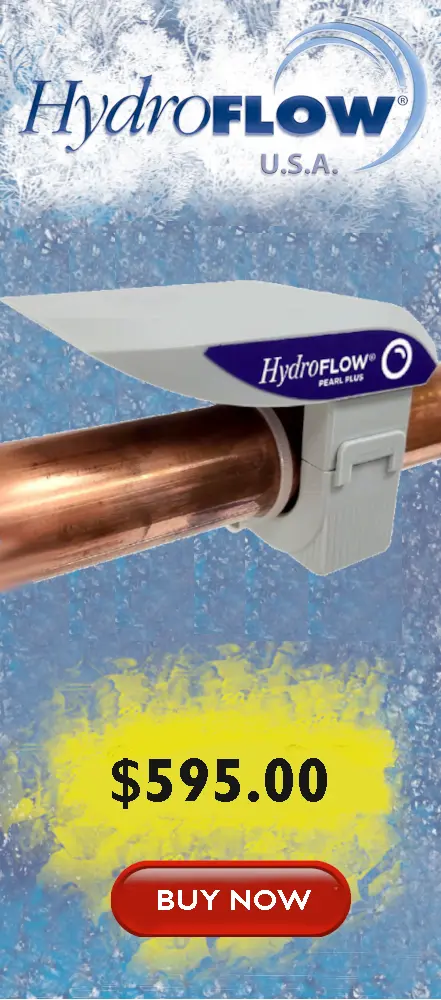New Mexico
Water Quality in the State of New Mexico
Water is not abundantly available for the 2.1 million residents in the state of New Mexico. On average, this desert state receives only around 10 inches of rainwater each year. Most of New Mexico’s water is stored as groundwater in aquifers and extracted by wells. Large pipelines transport water throughout the state.
New Mexico Water Hardness by City
The majority of New Mexico water comes from public and private wells; therefore, water is predominately hard to very hard. The primary water sources supplying New Mexico are the Pecos River Basin and the Basin Range aquifers. Most New Mexico cities have a hardness ranging from 150 to 300 PPM, such as Farmington, which has a water hardness level of 257 PPM. Roswell has extremely hard water with 410 Parts Per Million. The lowest hardness level comes from the most populous city in New Mexico, Albuquerque, with a hardness of 120 PPM. Based on the USGS water hardness table, a hardness of 61 to 120 PPM is considered moderate.
For more information on the water hardness in specific cities, please see the table below.
How hard is my water?
PPM = Parts Per Million
mg/L = Milligrams Per Liter
gpg = Grains Per Gallon
Oil, Gas and Water Hardness
New Mexico is the 3rd largest oil producer and 8th largest natural gas producer in the United States. Industry officials reported that New Mexico produced a record 250 million barrels of oil in 2018. New Mexico’s oil and natural gas activity is concentrated in two areas: the Permian Basin in the southeast and the San Juan Basin in the northwest. The oil and gas industry uses water in all parts of operation, and that water is often locally sourced from groundwater, rivers or lakes (both natural and artificial). As New Mexico is one of the hardest water states, oil and gas producers are often fighting to keep their operations running and their equipment scale-free.
Solutions to your Water Quality Problems
Fixing your water quality issues in the state of New Mexico will depend on your specific water source. It is best to test your potable water supply in order to get a better understanding of your water quality. Testing is relatively cheap. The test results will allow you to understand if your potable water has issues that need to be addressed. Common solutions to water contamination problems may include a water filtration system, a reverse osmosis system, or other whole home water treatment solutions.
A problem that almost all New Mexico residents will have to deal with is hard water. The city with the hardest water we could locate in New Mexico is the famous UFO site of Roswell with a water hardness of 410 PPM which is cosidered extremely hard. One old-fashioned, inefficient, expensive, and unhealthy method to treat hard water is with a salt-based water softener. Most people don’t realize that if you’re using a water softener, you are basically removing calcium and magnesium from your drinking water and adding salt to your diet. In addition, many states are banning the use of salt-based water softeners.
Alternative water treatment solutions such as “water conditioners” have been gaining popularity in recent years because they are cheap to operate and the best eco-friendly solution for hard water. Hydropath technology, which powers the HydroFLOW water conditioners, is by far the most efficient and cost-effective eco-friendly solution to deal with hard water problems. To learn more about how HydroFLOW solves the problems created by hard water, please check out our technology page. You might want to read this blog that explains the difference between water conditioners and water softeners: Water Conditioner vs. Water Softener Blog.
For more information, please contact New Water Innovations


